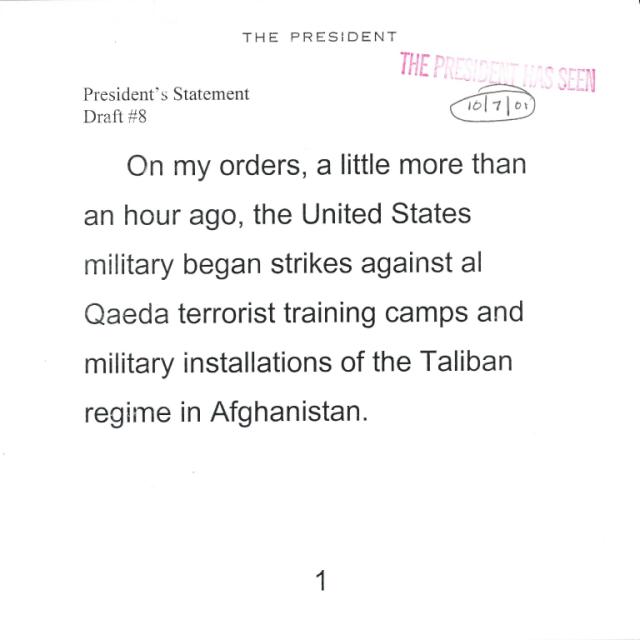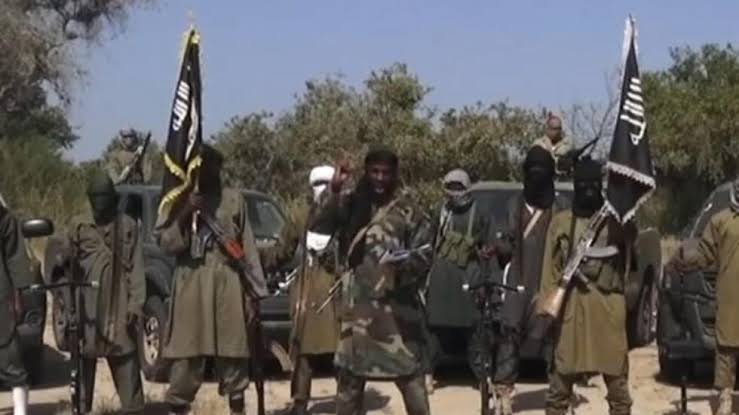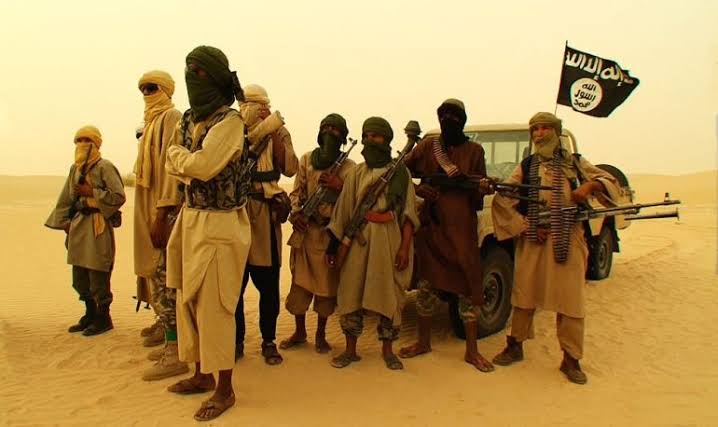In the centuries preceding the birth of Jesus Christ, Africa held a vastly different geographical and cultural landscape from what we know today. Ancient historical and religious texts, including the Bible, offer intriguing clues about how this continent was viewed by those who chronicled early civilisations.
Many of these records reveal that vast regions, which we today consider West and North Africa, were known by different names with cultural and religious significance that connected them to the broader ancient world.
The map presented here provides a visual representation of Africa before the Common Era, illustrating how the lands that constitute modern-day West Africa were commonly referred to as “Ethiopia” in early writings.
The northern regions that we call North Africa today bore the name “Libya,” another term deeply rooted in antiquity and often mentioned in ancient Greek and Roman accounts. By examining these names and their significance, we can gain insight into how the ancient world perceived Africa and its diverse peoples.
Ethiopia: More Than Modern Borders
In antiquity, “Ethiopia” was not confined to the current borders of the East African nation. Instead, it referred broadly to a region inhabited by people of darker skin who lived in lands south of Egypt and extended across the continent. This expansive Ethiopia often covered territories stretching from today’s Sudan and encompassing parts of what we now call West Africa.
The name “Ethiopia” appears multiple times in biblical texts and early Greek writings. In the Bible, the term is used to describe people who were considered distant yet revered.
The biblical figure Queen of Sheba, who visited King Solomon and is described as coming from the “land of Sheba,” is traditionally associated with the Ethiopian region, though some interpretations link her homeland to areas in South Arabia. Nevertheless, her association with Africa underscores the historical prestige of these regions.
Libya: Northern Africa’s Ancient Identity
In the same ancient worldview, “Libya” was the term applied to the lands of North Africa, roughly corresponding to the modern nations along the Mediterranean coast, including parts of Egypt, Libya, and Tunisia.
Ancient Libyans were depicted in Egyptian art and other historical records as distinct people with unique customs and cultural ties to both the African continent and the Mediterranean world. The name “Libya” in the Bible and ancient Greek accounts served as a term for much of the northern region, long before its modern borders were established.
The concept of Libya as part of Africa was further elaborated by Greek historians, like Herodotus, who classified Africa into distinct sections based on the inhabitants and their cultures. For the Greeks and Romans, Libya represented Africa’s northern realm, an idea that held influence over Western perceptions of Africa for centuries.
Conclusion: Revisiting Ancient Africa’s Geography
By understanding these ancient designations, we can recognise how Africa’s pre-colonial identity was rich and diverse. These regions were not merely remote lands but were known, respected, and integrated into early narratives and global history.
Ethiopia and Libya, as referenced in biblical and early historical texts, remind us that the continent’s story is one of cultural connectivity and distinction long before its boundaries became fixed in the modern sense.
The image of this ancient map serves as a fascinating reminder of how Africa was once seen by others, demonstrating a complex and storied past that continues to shape perceptions today.
The use of terms like Ethiopia and Libya for vast regions across the continent indicates the continent’s longstanding influence and its place within the early chronicles of human civilisation.


